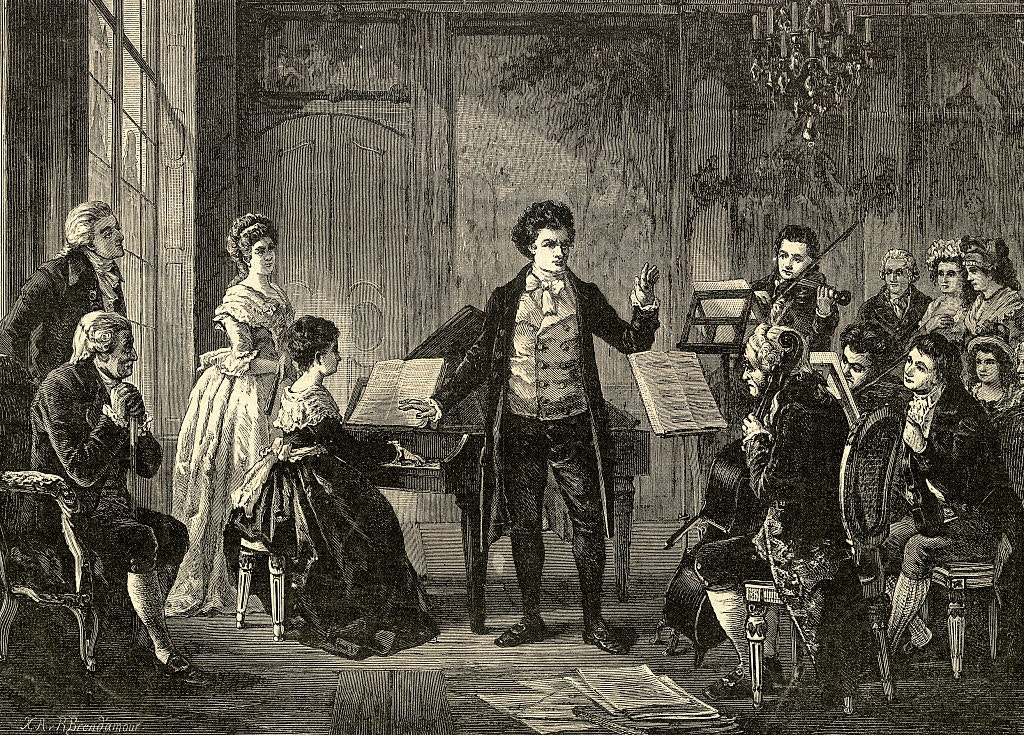The sugar tax leaves a bitter taste
The evidence for an effect on health is dubious to non-existent
The latest attempt to salvage the sugar tax was published this week. The headline claim is that the Sugary Drinks Industry Levy reduced the number of kids going to hospital to have teeth extracted by 12 per cent. Curiously, the research found that there was only an effect on children aged up to 9 years old despite older children drinking far more fizzy drinks. Equally curiously, it found that it was the announcement of the policy in March 2016, rather than its introduction in April 2018, that made the difference.
The core of the research is shown in the graphs below. The authors created a counterfactual of what would have happened if the sugar tax hadn’t been announced (red line) and compared it to what actually happened (blue line). For children aged 0-4 years and, to a lesser extent, children aged 5-9 years, a gap opens up between the expected trend and the actual trend almost as soon as the tax was announced by George Osborne in the March 2016 budget.

The authors’ justification for focusing on the announcement rather than the implementation is that the soft drinks industry started reformulating their products with less sugar as a result of the announcement. While it is true that brands like Lucozade and Irn-Bru removed a significant amount of sugar between 2016 and 2018, there are three problems with this explanation for the apparent decline in tooth extractions.
Firstly, as Dan Neidle has pointed out, there was not much reformulation until late 2017 and the amount of sugar consumed from soft drinks did not fall very much between 2015 and 2017.
Secondly, it takes a while for tooth decay to develop. Even if there had been a big reduction in the sugar content of soft drinks in 2016 – and there wasn’t – you wouldn’t see an effect on extractions for tooth decay straight away.
Thirdly, although the sugar tax may have encouraged some companies to reformulate their drinks, reformulation had already been going on for decades. Per capita consumption of sugary drinks fell by 45 per cent between 2003 and 2014. Why did this not lead to a reduction in tooth extractions?
The study is therefore making the extraordinary claim that George Osborne’s announcement in March 2016 had an almost immediate effect on rates of tooth decay despite there being little change in the sugar content of soft drinks for the first 18 months and there being no change in the price of sugary drinks for the first two years. Furthermore, the effect was most pronounced among pre-school children who are least likely to consume the drinks in question whereas there was no effect on teenagers who drink more of them than any other age group.
It takes a blind devotion to the priests of “public health” to believe any of this
It takes a blind devotion to the priests of “public health” to believe any of this. And the plot thickens when you look at the underlying statistics. The authors used NHS hospital admissions data for tooth extraction for dental caries (tooth decay). Using the annual figures, they estimated how many admissions there were each month and then estimated the incidence per 100,000 people by dividing the number of admissions by the population of each age group.
This seems unnecessarily elaborate given that the NHS publishes the incidence data for children aged up to 10 years old here. Shown below for both of the younger age groups, you will see that they bear very little resemblance to the data shown in the graphs above (I have excluded the figures for 2019/20 and 2020/21 because they were heavily affected by the pandemic.) Among children aged up to 5, the rate of hospital admissions for tooth extraction peaked in 2014/15 and gradually fell every year thereafter. Among 6-10 year olds, the rate peaked in 2013/14 and fell for a couple of years before staying at essentially the same level from 2015/16 onwards. In neither case is there any suggestion of an effect from the announcement of the tax in 2016/17 or the implementation of the tax in 2018/19.

The good news is that between 2014/15 and 2018/19 there was a 15 per cent decline in the rate of admissions for tooth extraction among kids aged up to 10 years old, but most of this took place before the sugar tax was announced, let alone implemented. For kids aged between 6 and 10, the entirety of the decline took place before the sugar tax was announced.
These are the facts and they are not terribly difficult to check. Nevertheless, the claim that the sugar tax was associated with a 12 per cent decline in dental extractions is destined to join other zombie factoids such as the 13 per cent decline in alcohol-related deaths due to minimum pricing and the 8 per cent decline in obesity among Year 6 girls due to the sugar tax in the list of 2023’s dodgiest claims.
Alcohol-related deaths and childhood obesity have both risen sharply since 2018 when Scotland introduced minimum pricing and the UK introduced the sugar tax, but that is a trivial detail to “public health” modellers whose spreadsheets tell them the opposite. Rates of tooth decay do seem to have genuinely gone down although the authors of this week’s study admit that “oral health among children has been improving for more than a decade.” Whether the sugar tax has had anything to do with this is, to put it mildly, debatable.
Enjoying The Critic online? It's even better in print
Try five issues of Britain’s newest magazine for £10
Subscribe














